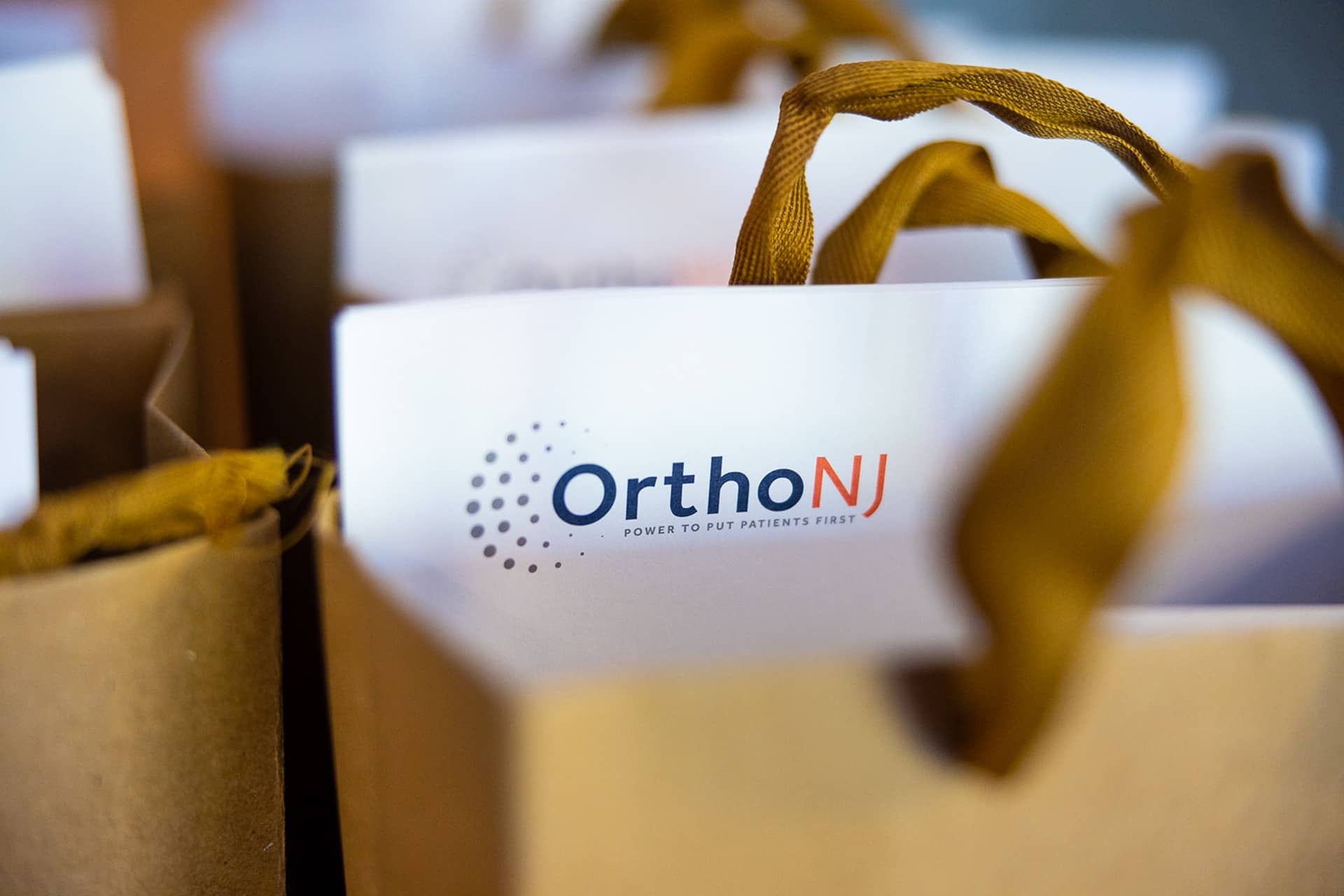Tibial nonunion repair is a surgical treatment for a broken shinbone that has not healed as expected. The tibia is a weight-bearing bone in the lower leg, so a nonunion can cause ongoing pain, instability, or deformity. This procedure focuses on the bone and may also address nearby soft tissues if they are affected. The goal is to restore alignment and stability so you can stand, walk, and return to daily activities. Your surgeon may recommend repair when symptoms and imaging show the fracture has stopped progressing despite time and nonsurgical care or prior procedures.
During surgery, the surgeon clears scar tissue at the fracture site, refreshes the bone ends to stimulate healing, corrects alignment, and stabilizes the tibia using implants such as a rod inside the bone, a plate and screws, or an external frame when needed. Bone graft or biologic materials may be added to encourage new bone growth. When appropriate, techniques through small incisions help limit soft tissue disruption and may reduce pain and recovery time. The team at OrthoNJ tailors each plan to your injury and health needs.
After surgery, your leg is protected in a splint, boot, or cast, and weight bearing increases gradually under your surgeon’s guidance. Physical therapy helps restore motion, strength, and gait while follow-up imaging tracks healing over weeks to months, with timelines varying by overall health and fracture complexity. The OrthoNJ team will tailor your plan, manage pain, and guide safe activity progression.
Contact one of OrthoNJ's locations spread out through all of New Jersey.

OrthoNJ is different from your typical medical provider. Unlike many in the industry, we prioritize patient care over profits. Our six divisions work collaboratively to ensure the best outcomes for our patients. We believe in the "Power to Put Patients First," and our doctors and divisional partners strive to uphold this commitment in every aspect of our care.